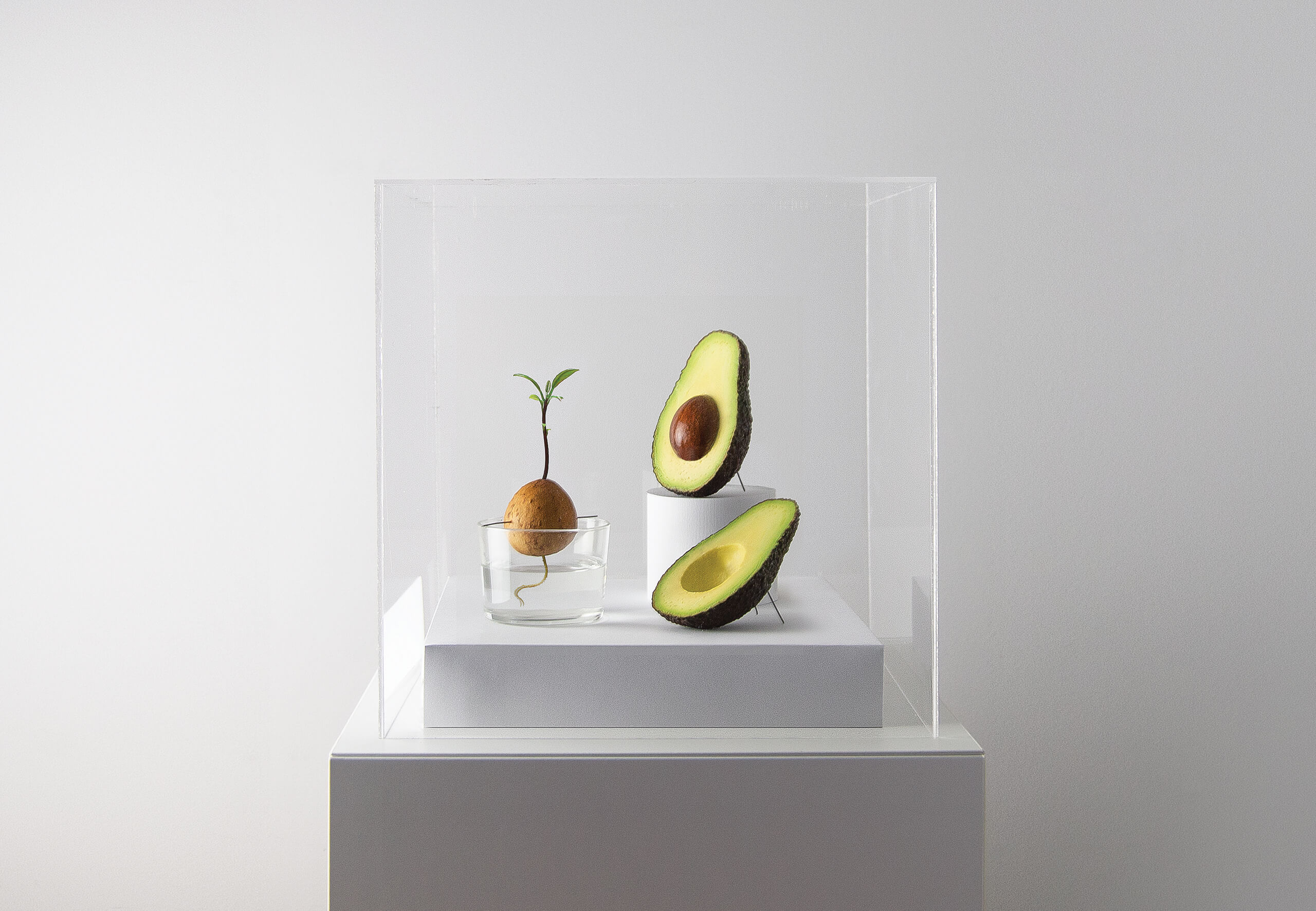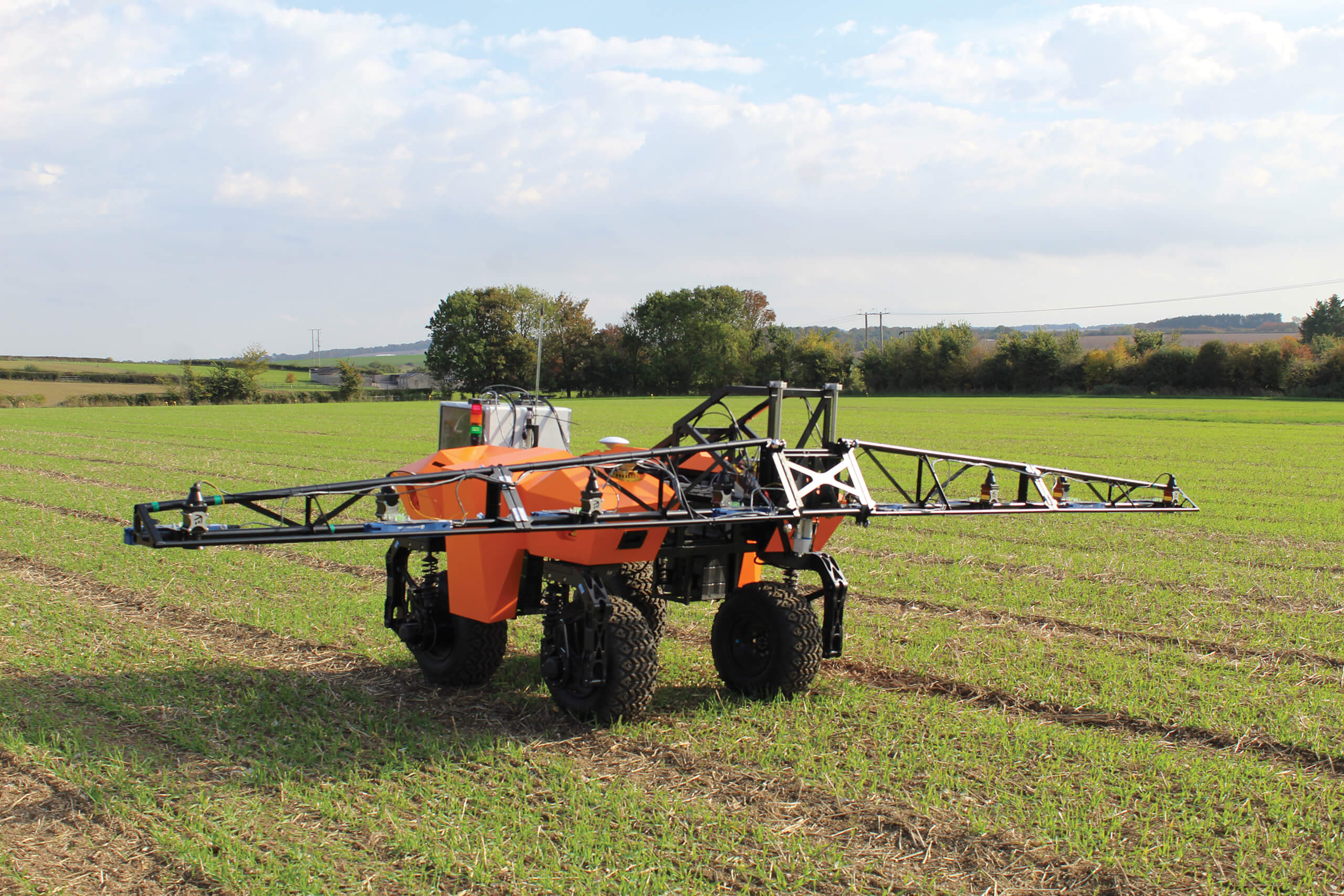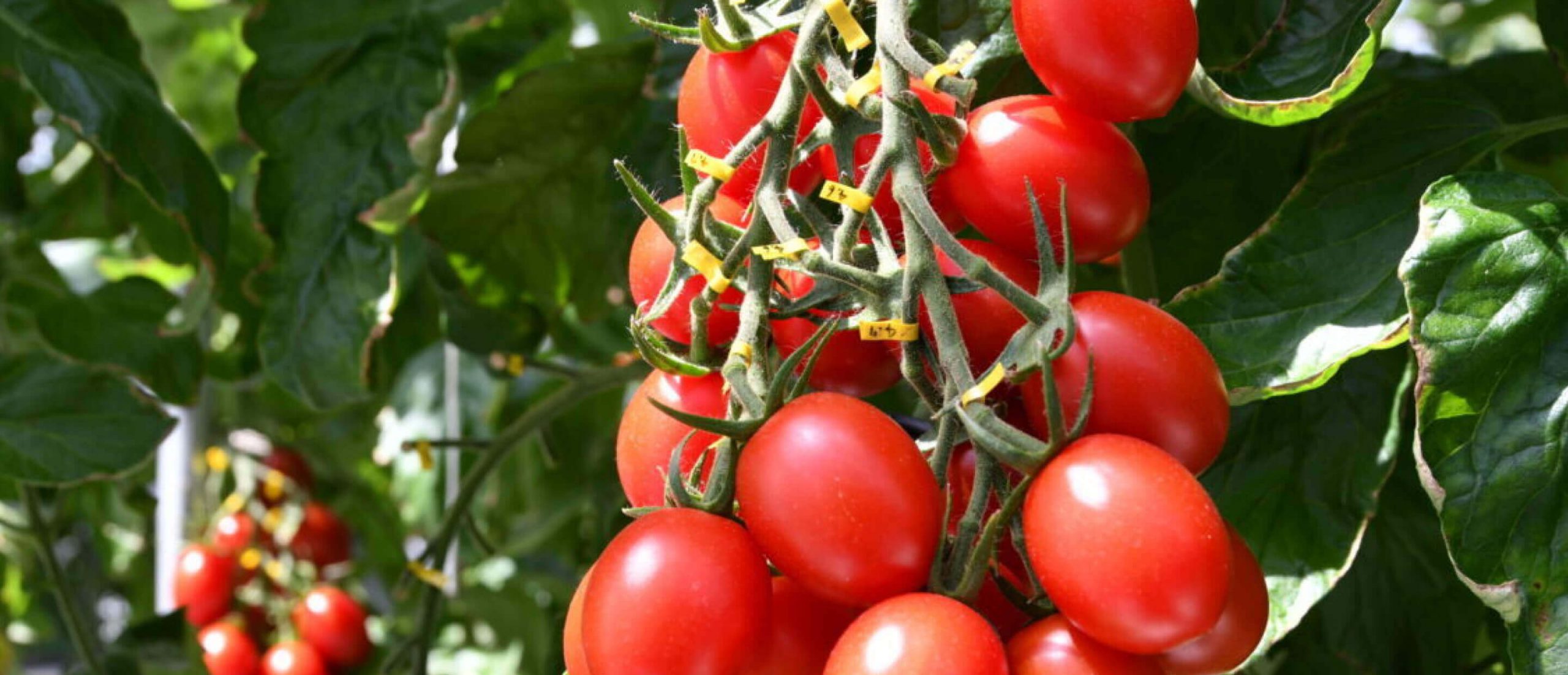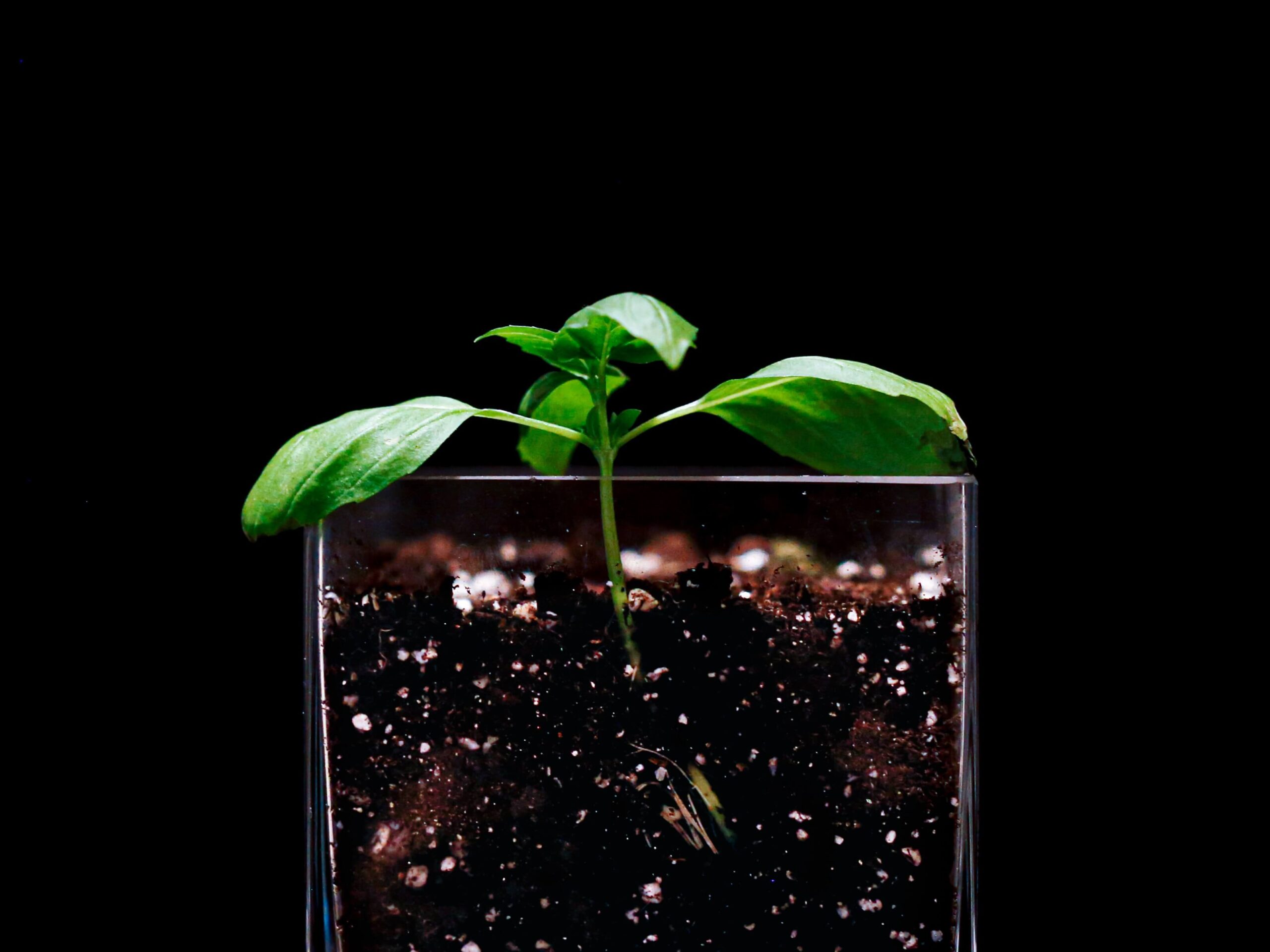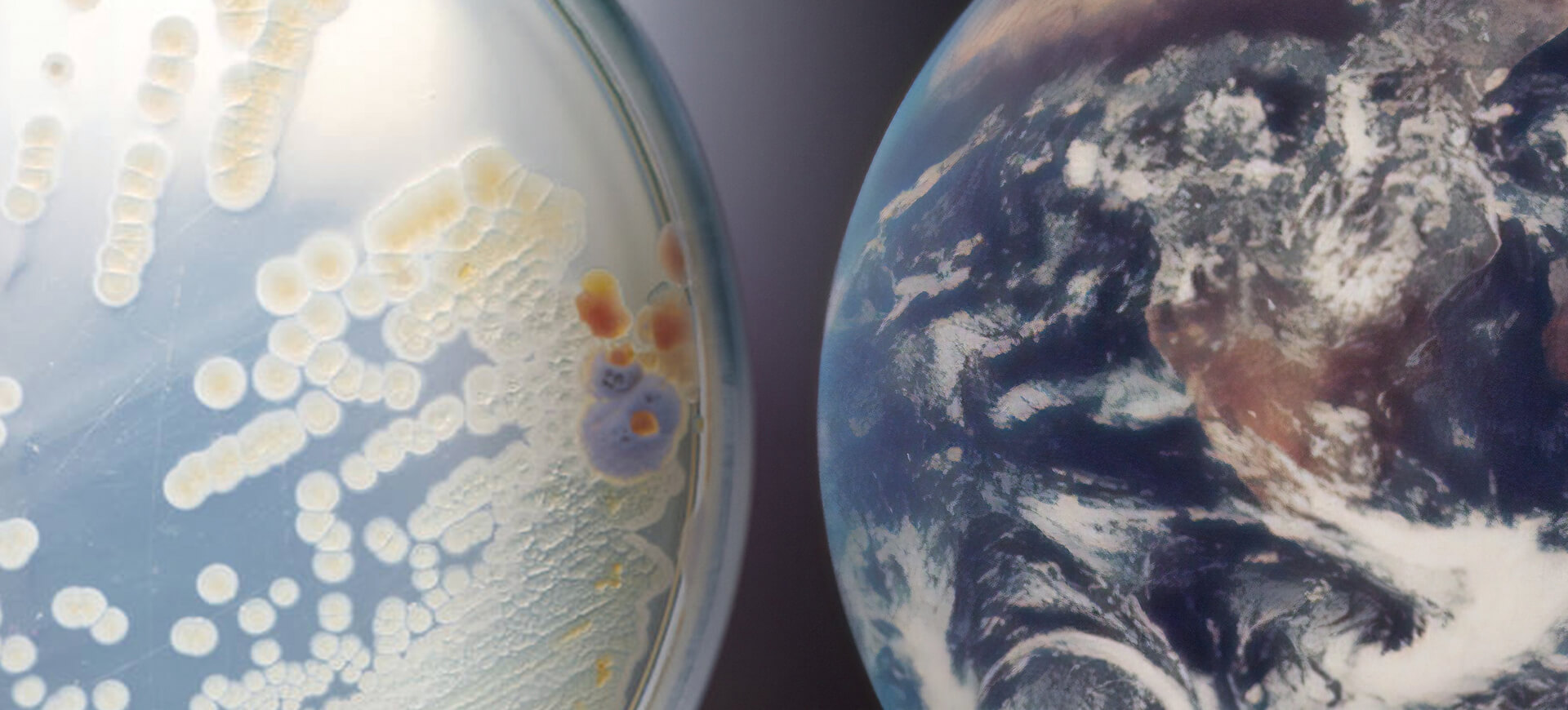
Microbes are an intrinsic part of soil, plant and human health, as well as fundamental to the health of the planet. Professor Tom Crowther explains how zooming out to take a global view of soil ecology gives a valuable perspective on soil management.
Over millions of years of evolution, microbial communities have formed and adapted to their environments. Ecosystems function best when there is biodiversity and by taking a global perspective, we can see patterns in microbial communities emerge. These can help us manage soils to rebuild microbial diversity, allowing systems to function optimally in the long term.
Microbes comprise the majority of species on our planet and are right at the nexus between biodiversity and carbon storage. As the fastest organisms to respond to disturbance, they are also a key indicator of ecosystem health. So, if we see a change in the microbial diversity below ground, we can predict how the ecosystem functions above ground. This is important because alterations in microbial communities can affect the productivity, carbon storage and health of both natural and agricultural ecosystems.
Farmers are potential heroes in addressing climate and biodiversity challenges. In the Northern Hemisphere, farmers essentially manage the largest soil carbon stocks on land. As many introduce holistic and regenerative practices that
promote the long-term development of healthy soil communities, more and more carbon will be trapped in the soil, making a significant contribution to reducing carbon dioxide levels and reversing biodiversity loss.
The single biggest challenge facing science, politics, and agriculture now – in 2024 – is to find solutions that promote both biodiversity and yields.”
But farmers need to consider their soil and carbon management approaches alongside their other imperative of optimizing yields to support global food security and their own resilience. Therefore, the single biggest challenge facing science, politics and agriculture now – in 2024 – is to find solutions that promote both biodiversity and yields. These solutions do exist, and people are finding them across all regions of our planet.
When there is a monoculture above ground, the microbial community below ground tends to become depleted. But we recently discovered the exciting potential of microbial diversity to reverse this trend. By increasing the microbial diversity in the soil to closer to natural levels, we can increase the regeneration rate of vegetation by 60%. The resulting microbial networks form structures that lock carbon away for a long time – this is a means by which we can simultaneously increase carbon capture, biodiversity and crop yields. The missing puzzle piece in scaling this is global data.
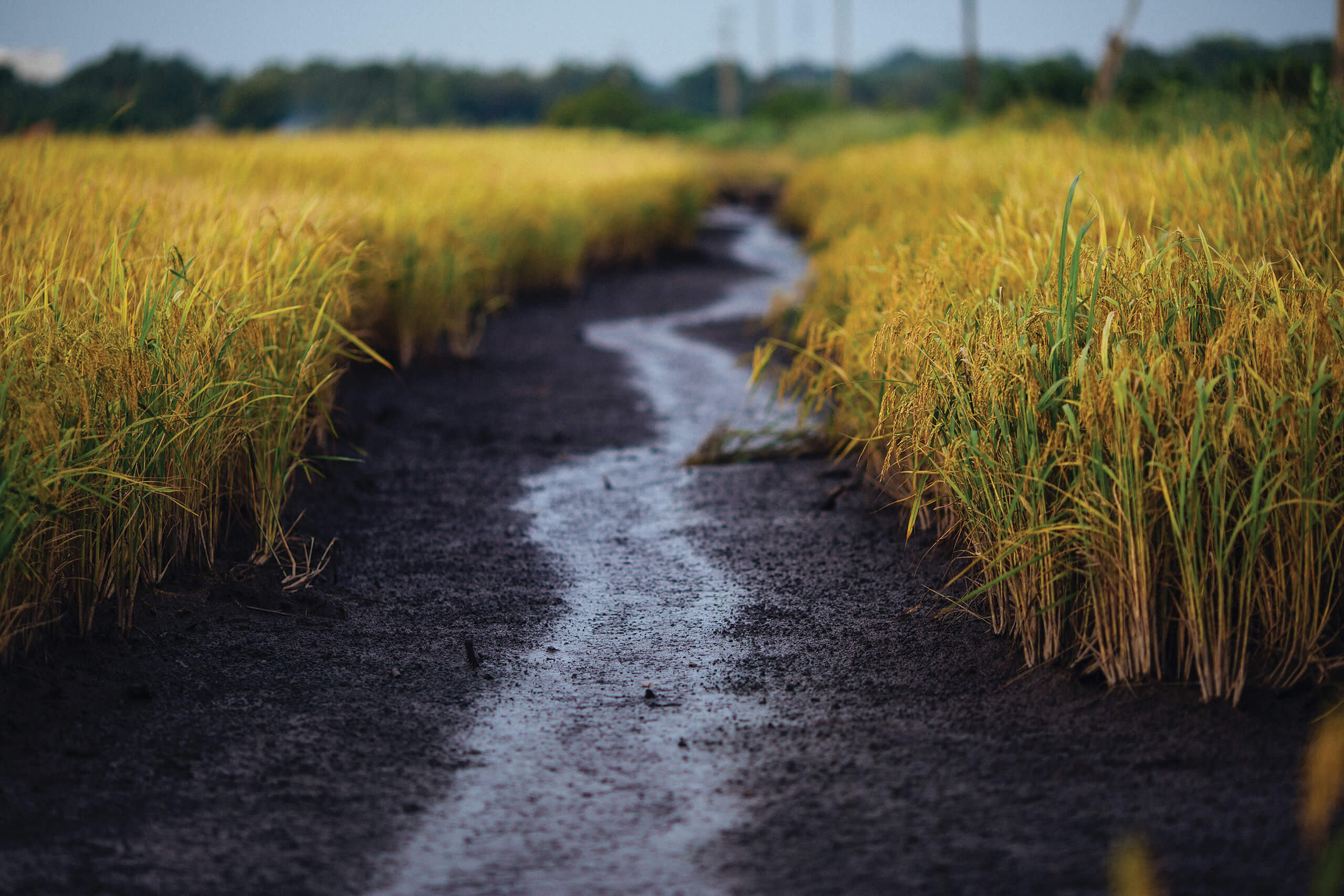
Right now, we don’t know enough about the planet’s microbial biodiversity patterns, and how they respond to different stressors, to accurately manage a particular plot of land to promote healthy microbes, or even to set appropriate targets. Massive global sampling is needed to manage soils better.
2024 sees us in the midst of a data revolution. Beginning several decades ago with vegetation sampling, it was accelerated by satellite technology, which led rapidly to the generation of global maps to inform land and species management. We are right at the beginning of that process for soil microbes and starting to pull together global datasets. Right now, we’re making maps from thousands of locations, working towards the thousands of millions of data points needed for a detailed understanding of how to promote soil function around the world.
Although sampling is the foundation of this approach, artificial intelligence is a valuable tool to improve our predictive power. We can use it to model variations in temperature, moisture, soil pH, topography and human disturbance, as well as how they all influence microbial biodiversity.
And let’s think even bigger. Machine learning models allow us to imagine a world without humans, which gives us a reference state. Using this reference, we can establish today’s microbial biodiversity and compare it with how it would have been before human intervention.
With this information, we can evaluate how land management practices have affected microbial communities around the globe. Once we know how microbial communities would naturally function in specific regions, we can find the right mechanisms to restore their function while increasing yields. The key is data.
Crucially, we can utilize this knowledge in agriculture to create a better balance of food production within biodiverse, well-functioning ecosystems while storing carbon and mitigating climate change.

